What Do We Have in Common with the Rarest Monkey in the World? – 11 Pictures
Tonkin snub nosed monkeys only live in China and Vietnam. They can be found on mountains and hills that don't surpass 1000 meters above sea level. Even though they live in geographical territories with warm temperature, we have to keep in mind that they live on mountains and hills where winters are very cold.
1 / 11
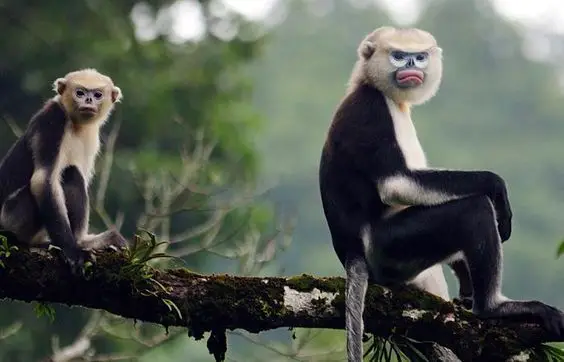
Tonkin snub nosed monkeys were believed to be extinct completely from the face of the Earth, until their new discovery in 1990. To this day, they are still extremely rare, there for there isn't allot of research on these monkeys simply because they are so rare. They are one of the top 25 endangered primates in the world today, and common belief is that there is no more than a few hundreds of these monkeys left in the world.
2 / 11
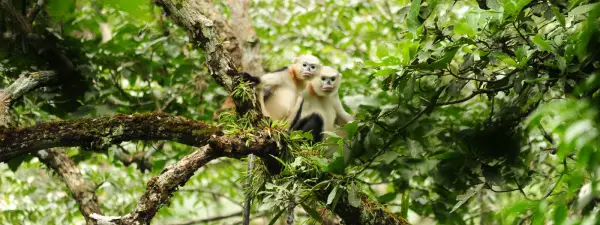
These monkeys belong to the old world monkeys which makes them even more interesting. Basically this means that they are closer to us humans than most monkeys are. These similarities can be seen in their hands and noses. To be more accurate, Tonkin snub nosed monkeys have fingers and fingernails that look allot like human fingers, and they have nostrils that are close together just like we have ours. One more thing that differs them from new world monkeys is their tail. Majority of New world monkeys have a tail that is prehensile, meaning they can grab on to branches by wrapping their tail around it. Tonkin snub nosed monkeys don't have this ability, their tail isn't as mobile or as strong as the New world monkeys tail.
3 / 11
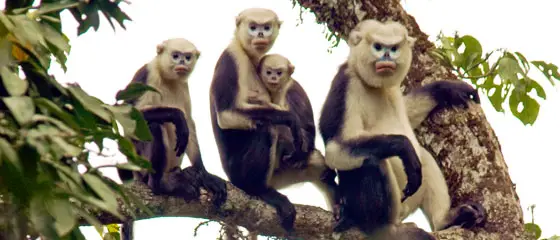
If you find Tonkin snub nosed monkeys a bit odd because of their appearance, short noses and thick fur, we have the answer to why they look like that. The answer lies in cold temperatures that they have to face on mountains and hills that they live in. In the evolutionary process Tonkin snub nosed monkeys got their short noses because long noses would be a problem at low temperatures. Their noses would get frost bites if they were longer, this way their face is protected from frost bites, and the thick fur serves the same purpose as the short nose, to help them survive winters.
4 / 11
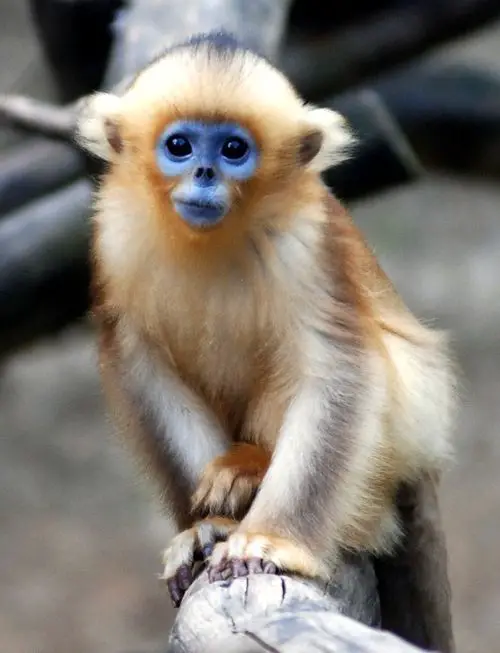
These monkeys are communicating by vocalization and by pheromones amongst each other. They have a lot of different calls but they all sound allot like a hiccup sound. Because of how rare they are, not much research has been done on these monkeys and their communication processes are quite a mystery. But some things that we do now is that they use their hiccup calling in order to alarm the rest of the group when the threat is near or to call someone from the group. Pheromones serve the same purpose amongst the group members.
5 / 11

Tonkin snub nosed monkeys are quite social by their nature. Like most monkeys, they live in groups that contain both males and females, and usually their offspring. They all live in trees and most of the time, spend all day and night on branches rarely ever getting down from trees. Instead they just walk on all fours and jump from branch to branch when in search for food, after they take a nap on that branch. They are active most of the day and they sleep on trees during night as well. Even though they don't like spending time on the ground, when captive they show quite a different behavior. When in captivity, Tonkin snub nosed monkeys spend almost all of their day on the ground rarely climbing on a tree.
6 / 11
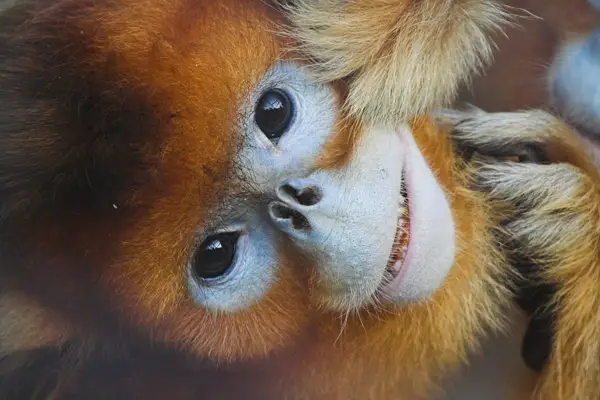
As mentioned before they live in groups. In these groups they are very friendly with each other, main social activity is grooming, as it is with all monkeys. Grooming is used to strengthen the bonds they have with each other within the group. They create these groups in order to make their survival easier in many ways.
7 / 11

Males work together to defend the group when some threat arrives and usually will fight to the end to protect the rest of the group including mothers and their young. Another way they help each other is that they all share food with each other. That way no one is hungry, if a member of the group is having a bad day when it comes to food the others share with him their food, knowing when they have a bad day someone else will help them out.
8 / 11
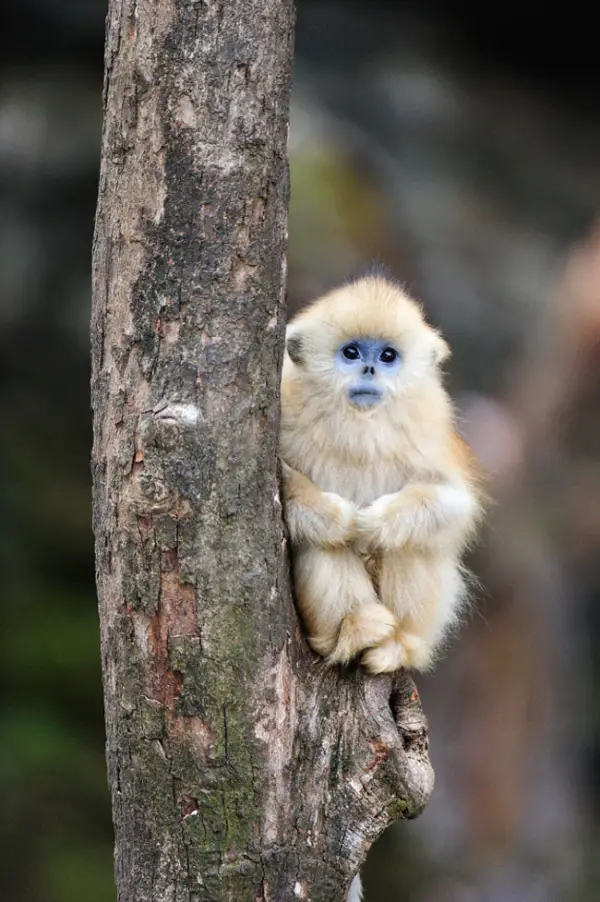
These groups can even get in contact with one another and merge in order to create troops of Tonkin snub nosed monkeys, containing over 100 members. Males aren't the only ones in these groups that look after one another. Females do the same thing with their responsibilities, the young of the group. Instead of every female taking care only of her own offspring, as it is a usual scenario in the animal kingdom, they actually help each other with raising their young. In these groups every mother takes care of every young in order for them to grow as safely and as healthy as possible into mature adult monkeys.
9 / 11

These monkeys are polygynous. They have fewer females than males in groups but there isn't much fighting amongst males over females, as mentioned before, they keep the mood as friendly as possible amongst each other. Once females become receptive they will lure males to follow them in the game of catch, jumping from branch to branch and the males will run after them until they catch the females. Copulation lasts only about a minute and the gestation period lasts around 200 days. Once babies are born, they will be kept safe amongst females of the group until they grow up to be sexually mature. Males will hit sexual maturity approximately at the age of 7 and females at the age of 4.
10 / 11

Tonkin snub nosed monkeys are omnivores, but in fact they eat vegetation most of the year and occasionally eat some insects here and there. One thing that is particularly interesting when it comes to these monkeys is that their diet depends on the time of the year. For instance, in the winter they will mostly eat lichen, at the spring they will eat leaves and in the fall they will mostly feed on fruits.
11 / 11
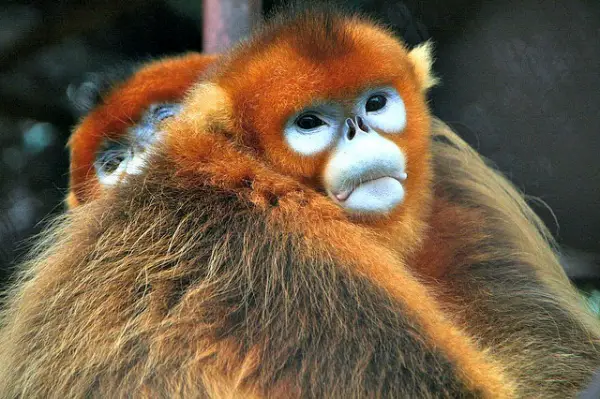
Image sources:
- tinyurl.com/jp5zdha
- blogs.sandiegozoo.org/wp-content/uploads/2012/01/Quyet-4-150×150.jpg
- tinyurl.com/gulojbz
- tinyurl.com/znng97b
- tinyurl.com/h4g7xm9
- tinyurl.com/h8ret66
- tinyurl.com/z6cexyo
- distractify-media-prod.cdn.bingo/1503799-980x.jpg
- tinyurl.com/z2o5pdk
- tinyurl.com/jbz5ju5
- tinyurl.com/jc9ujzx
